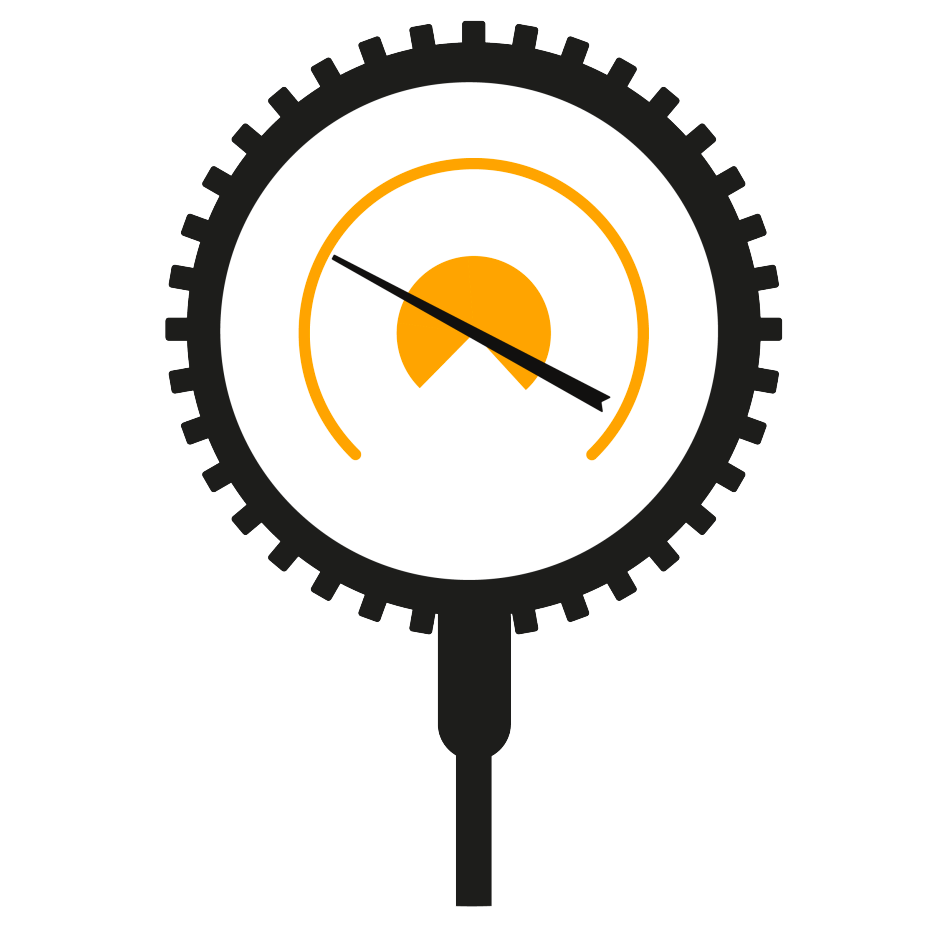
#Cycling
Bike tyre maintenance
Why to check the condition of the tyres, wheels and brakes on a regular basis

Perhaps you imagine yourself a participant in the Tour de France? Or maybe your cycling doesn’t get more adventurous than a ride to the shops? Whatever your style, riding a bike is proven as a healthy activity and a reliable mode of transportation. To get the most out of your rides, however, it's a good idea to check the condition of the tyres, wheels and brakes on a regular basis. They'll need a bit of pampering every now and then to maintain optimal performance.
After all, nobody wants to find out they have a serious problem with their bike after they've set out on their journey. Issues left unattended may cut a ride prematurely short or, worse, endanger your safety. To minimise the chances of this happening, we would recommend an effective strategy where prevention is the best cure. Here are some simple and easy suggestions for bike tyre maintenance to give you peace of mind, based on our substantial experience in the development and production of bicycle tyres.
Check the tyre air pressure
Check the air pressure by squeezing the tyres. A good rule of thumb is to follow the air pressure range recommended by the manufacturer - which can be found embossed on the sidewall of the tyre - and adjust according to your personal preference.

Low air pressure won't necessarily ruin your ride, but if it's too low it can impact road handling and stability. In extreme cases it can lead to tyre damage, tyre wear, rim damage, or even punctures.
If the air pressure is too high, meanwhile, you may end up feeling every little bump and imperfection from the road. This could be too harsh for your comfort, especially for long rides in the saddle.
Another good reason for checking air pressure is that over time, the inner tube of a tyre will slowly leak pressure. If you find that's there's been a major drop in pressure in the space of a few days, then that indicates the presence of a slow puncture in the inner tube. Needless to say, you should locate and fix this slow puncture before embarking on your next ride. Alternatively, you may even need to replace the inner tube within your tyre. Check out our short video for guidance.
Check the tyre tread
Examine the tread of your bicycle tyre for any wear and tear. See if you can spot any nicks or cuts, and that there's nothing sharp stuck in between the treads that could lead to a puncture. It's a simple process to remove any pieces of flint, gravel or stone that are wedged in there.

Also, check the sidewalls of the bicycle tyre for any tears or bulges. A tear may eventually enlarge to the extent that the inner tube begins to bulge outwards and impacts the integrity of the tyre. It will need to be replaced.
Important to note is that the rear bicycle tyre will tend to wear out quicker than the front bicycle tyre, based on the distribution of the rider's weight. If you can see a flat spot or bare canvas in the middle of the tread, then it's definitely time for a replacement.
Check the breaks
Being able to effectively brake with your bicycle is absolutely critical for your safety. Assuming you have rim brakes rather than hydraulics, the first test is to spin the wheels to make sure the brake pads aren't rubbing against the rims. Next, squeeze each brake lever, one after the other, to confirm that the pads are hitting the braking surface correctly and aren't rubbing against the tyre. If not, you'll have to re-center the calipers.
Another thing to keep in mind here is the height of the brake block. This can change over time, as the block wears down and the brake arm has to move further to bring it close to the wheel rim. In certain cases, the block can misalign with the braking surface of the rim, forming a lip that rubs up against the tyre sidewall and slices through it.
Finally, apply enough pressure on the brake levers so the wheels come to an absolute stop. The levers should not come into contact with the handlebars. If the response feels too sluggish, then cable adjustments are definitely necessary.
Check the wheels
Your tyres must be correctly seated in the rim of the wheel. Inspect the wheel rim, with particular attention to the bead of the tyre where it contacts the rim. The desired state is for the bead to look uniform all the way around. If it isn't, then you should deflate and reinstall the tyre.
Give the wheels another spin, this time to check they're running true. If there's a wobble in the spin, it could mean a loose or broken spoke, or that the wheel nut needs tightening. If you hear a strange grinding noise, or if the movement feels rough, then it may be time to have the bearings replaced or serviced.

